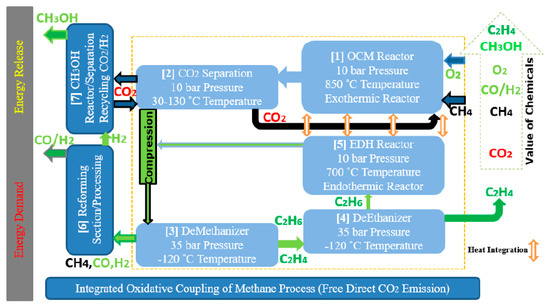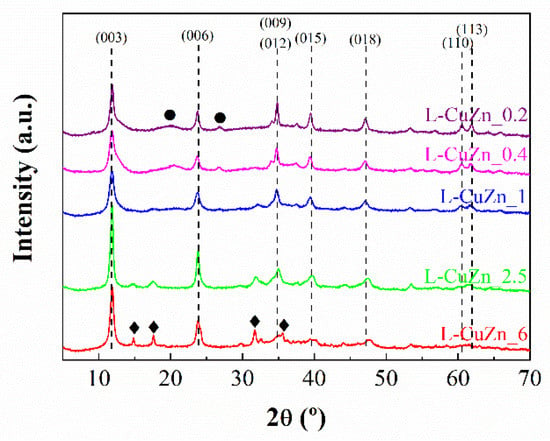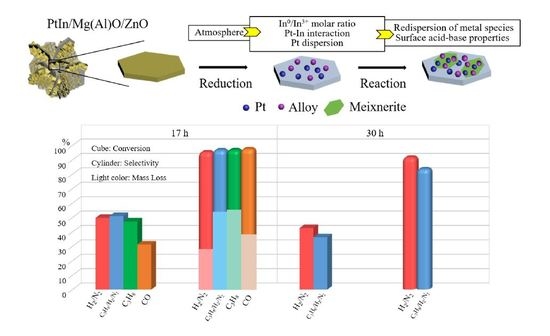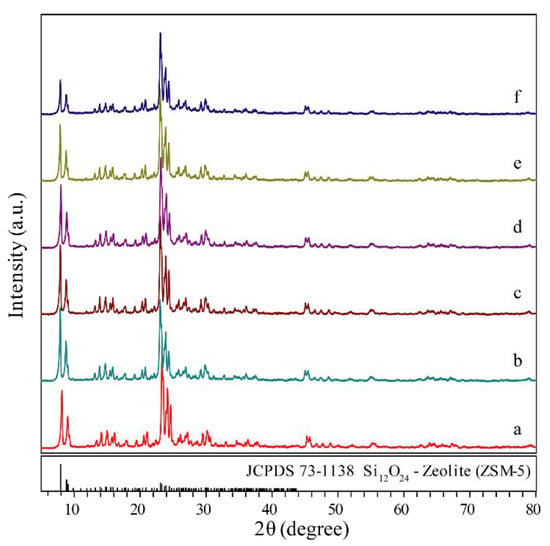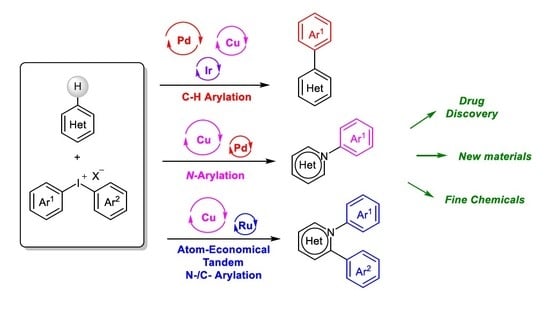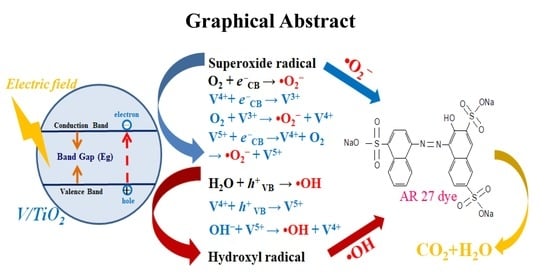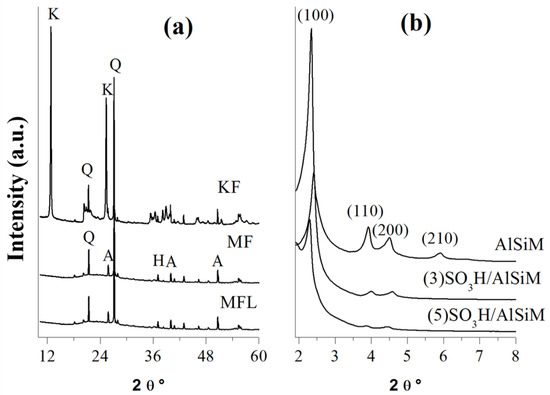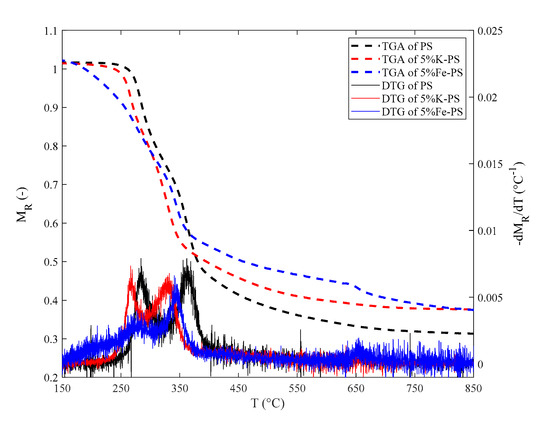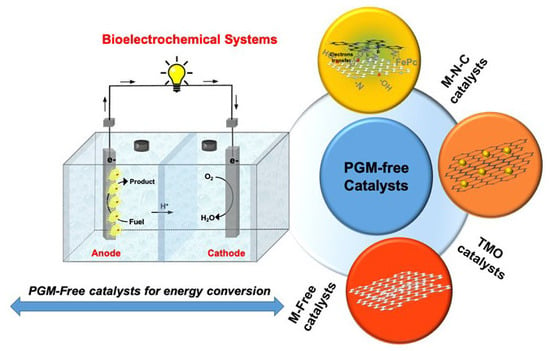Catalysts 2020, 10(5), 488; https://doi.org/10.3390/catal10050488 - 30 Apr 2020
Cited by 7 | Viewed by 3317
Abstract
In the second part of this paper (Part II), the potentials and characteristics of an industrial-scale Oxidative Coupling of Methane (OCM) process integrated with CO2-hydrogenation, ethane dehydrogenation, and methane reforming processes are highlighted. This novel process concept comprises a direct conversion
[...] Read more.
In the second part of this paper (Part II), the potentials and characteristics of an industrial-scale Oxidative Coupling of Methane (OCM) process integrated with CO2-hydrogenation, ethane dehydrogenation, and methane reforming processes are highlighted. This novel process concept comprises a direct conversion of methane to ethane and ethylene and further conversion of the resulted carbon dioxide and remaining unreacted methane, respectively, to methanol and syngas. In this context, the selected experimental results of the catalytic CO2-hydrogenation to methanol reported in the first part of this paper (Part I), were utilized to represent its industrial-scale performance. The experimental results of the mini plant-scale operation of an OCM reactor and CO2 removal units along with the experimental and industrial data available for representing the operation and performance of all process-units in the integrated process structures were utilized to perform a comparative techno-economic environmental analysis using Aspen-Plus simulation and an Aspen Economic Process Analyzer. The experimental procedure and the results of testing the sequence of OCM and CO2-hydrogenation reactors are particularly discussed in this context. It was observed that in the sequential operation of these reactors, ethylene will be also hydrogenated to ethane over the investigated catalysts. Therefore, the parallel-operation of these reactors was found to be a promising alternative in such an integrated process. The main assumptions and the conceptual conclusions made in this analysis are reviewed and discussed in this paper in the light of the practical limitations encountered in the experimentations. In the context of a multi-scale analysis, the contributions of the design and operating parameters in the scale of catalyst and reactor as well as in the process-scale represented by analyzing the type and operating conditions of the downstream-units and the process-flowsheets on the economic and environmental performance of the integrated process structures were studied. Moreover, the economic impacts of extra ethylene and methanol produced respectively via the integrated ethane dehydrogenation and CO2-hydrogenation sections were analyzed in detail. The required capital investment was found to be even smaller than the yearly operating cost of the plant. The environmental impacts and sustainability of the integrated OCM process were found to be enhanced by securing a minimum direct CO2-emission and energy-efficient conversion of CO2 and the unreacted CH4, respectively, to methanol and syngas. Besides producing such value-added by-products, efficient operation of downstream process-units was secured by minimizing the energy usage and ethylene losses. Under the considered conditions in this analysis, the specifications of the finally selected integrated OCM process structure, providing the fastest return of investments (less than 8 years), are highlighted.
Full article
(This article belongs to the Special Issue Multi-Scale Analysis of Advanced Catalytic Systems)
►
Show Figures
